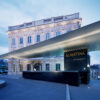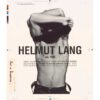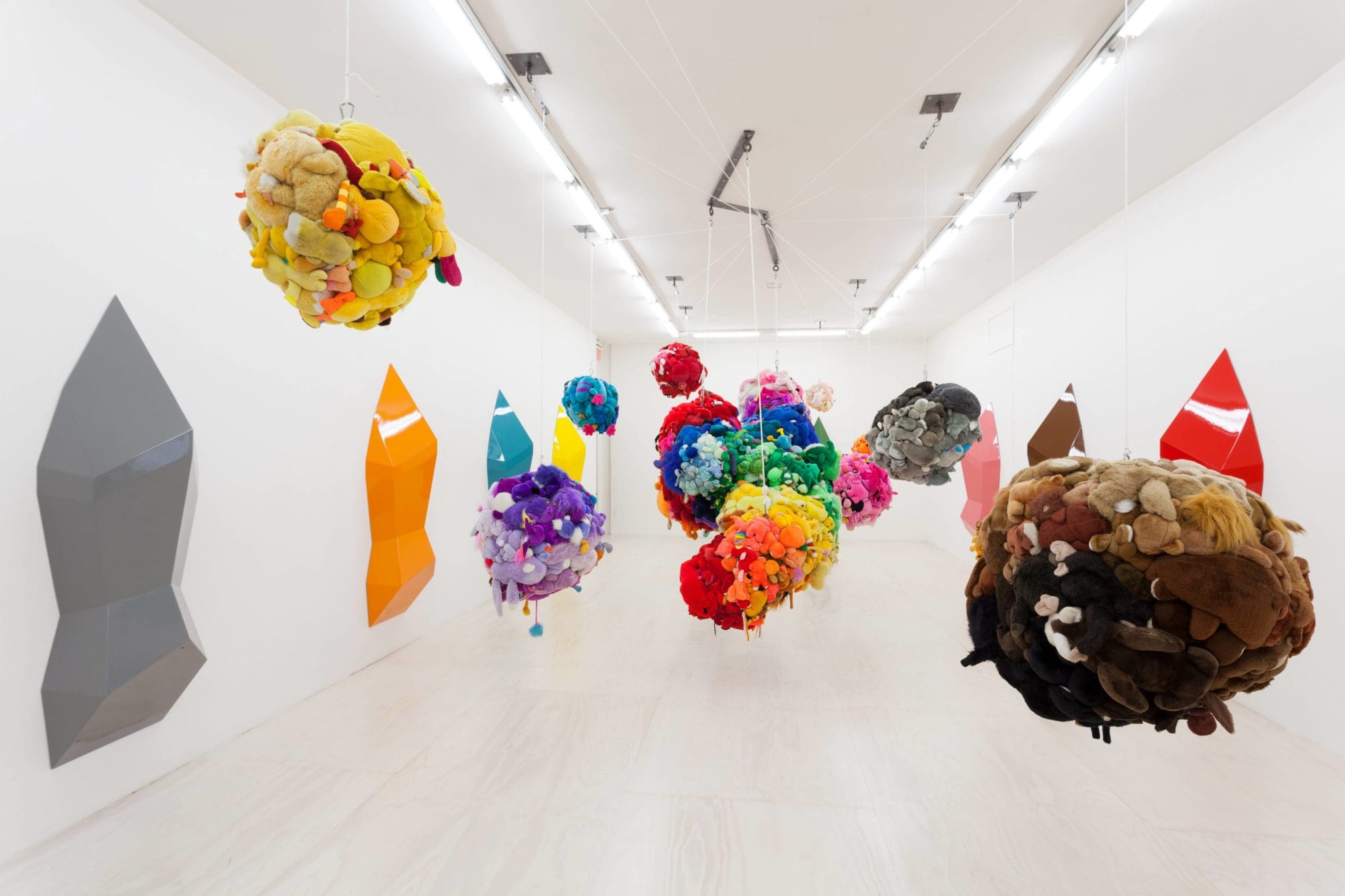MoMA ANNOUNCES A NEW EXHIBITION SERIES FOR 2023, DRAWN FROM ITS COLLECTION, TO OPEN ON THE FIRST FRIDAY OF EVERY MONTH
The Museum of Modern Art announced a new exhibition series for 2023, focused on modern and contemporary art in all mediums, that can only be seen at MoMA. With a new gallery opening on the first Friday of every month— when the Museum stays open to all until 8:00 p.m. and offers free admission to New Yorkers for UNIQLO NYC Nights—these exhibitions will invite audiences to continue to explore MoMA’s dynamic collection and connect with art and ideas from more geographies and perspectives than ever before. Each of the 12 detailed below will open to the public on a first Friday; these will be joined by a monthly slate of additional new and unique exhibitions, also drawn from the collection, to complete the series. Visitors to MoMA, especially New Yorkers, will have more frequent and focused opportunities to discover new art and artists and can plan ahead to experience it first.
Sandra Mujinga’s Flo
Opening March 3 Gallery 213
Sandra Mujinga’s larger-than-life hologram Flo—a new addition to MoMA’s collection, on view in North America for the first time—makes a case for being hidden in plain sight in an era of endless digital footprints. Shimmering as it hovers in a darkened gallery, Flo’s exaggerated form slowly turns and sways to a spectral score of electronic sounds. Drawing influence from speculative fiction, post-humanist thinkers, and nightlife subcultures, Flo addresses the threat of bodily erasure and surveillance technologies by proposing invisibility as a strategy for survival. Sandra Mujinga’s Flo is organized by Sophie Cavoulacos, Associate Curator, Department of Film, with Gee Wesley, Curatorial Assistant, Department of Media and Performance. Jacob Lawrence and Elizabeth Catlett Opening April 7 Gallery 520 Jacob Lawrence’s landmark Migration Series will find new and compelling context installed in dialogue with Elizabeth Catlett’s major The Black Woman series, an important 2021 acquisition that will be on view at MoMA for the first time. In these works, Catlett and Lawrence deploy similar formats—sequences of images with accompanying descriptive titles—to address history through the serial narrative form. Jacob Lawrence and Elizabeth Catlett is organized by Cara Manes, Associate Curator, Department of Painting and Sculpture, with Lydia Mullin, Curatorial Assistant, Department of Painting and Sculpture.
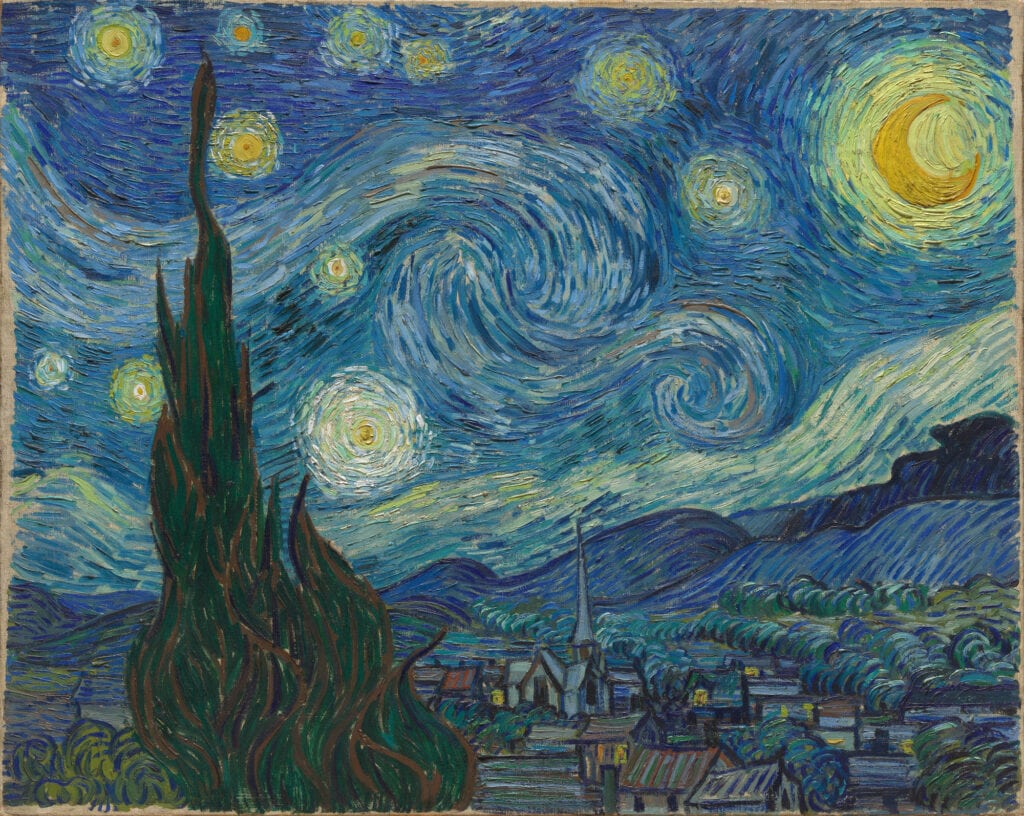
Ernest Cole’s House of Bondage
Opening May 5 Gallery 409
First published in 1967, Ernest Cole’s photobook House of Bondage exposed viewers around the world to the myriad forms of violence embedded in everyday life under South Africa’s apartheid system. Cole traversed the country for seven years to make the book— furtively photographing its trains, mines, hospitals, and schools—in a methodical deconstruction of racialized life in South Africa. Featuring a recently acquired collection of Cole’s prints, on view at MoMA for the first time, the exhibition will bring together photographs, books, and magazines presenting images from his landmark publication, as well as works by related photographers. Ernest Cole’s House of Bondage is organized by Lucy Gallun, Associate Curator, and Oluremi C. Onabanjo, Associate Curator, Department of Photography, with Kaitlin Booher, Curatorial Assistant, Department of Photography.
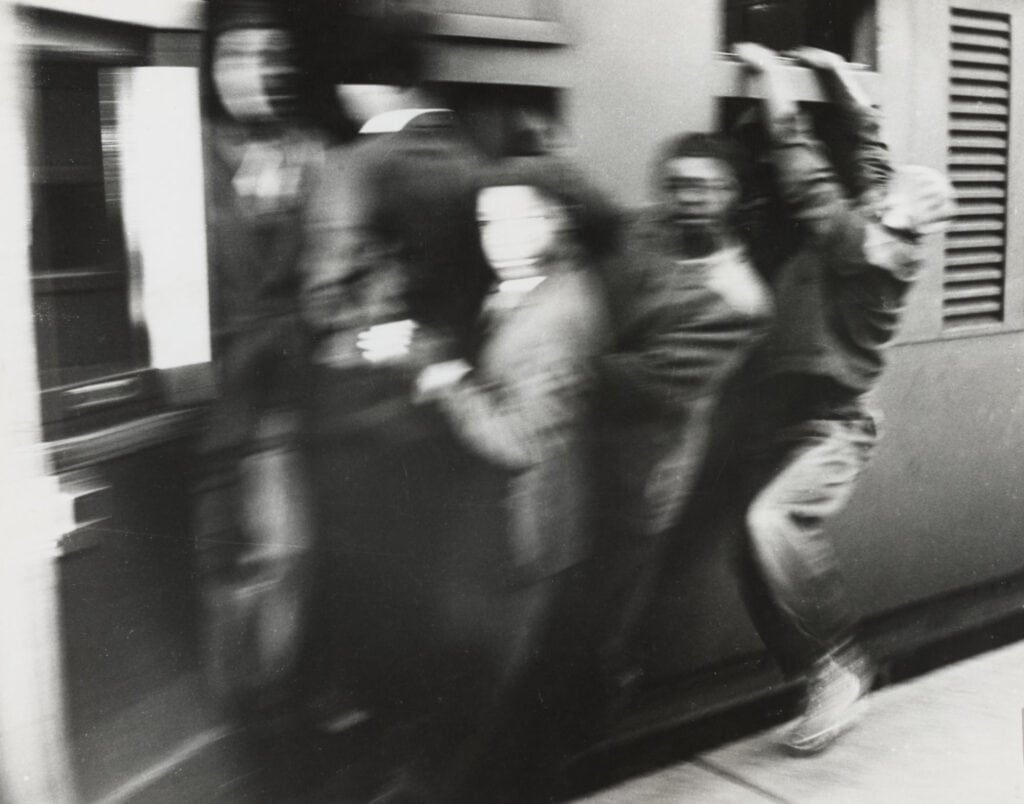
Random-Access Memory
Opening June 2 Gallery 203
This exhibition will make visual the anxiety and optimism of the 1980s, as novel technologies collided with the shadow of history. Rarely seen artworks on view—including Sam Lucente’s Diagram of Dynamic Random-Access Memory Chip (DRAM) (1984), Isa Genzken’s Rot-gelb-schwarzes Doppelellipsoid ‘Zwilling’ (Red-Yellow-Black Double Ellipsoid “Twinning) (1982), and Thomas Struth’s gelatin silver prints of city streets—reflect on past and then-present historical moments, bringing into focus the unexpected confluence of the rise of digital computing, the persistent threat of nuclear war, and an unstable geopolitical order during the last decade of the Cold War. Random-Access Memory is organized by Paulina Pobocha, Associate Curator, Department of Painting and Sculpture, with Gee Wesley, Curatorial Assistant, Department of Media and Performance.
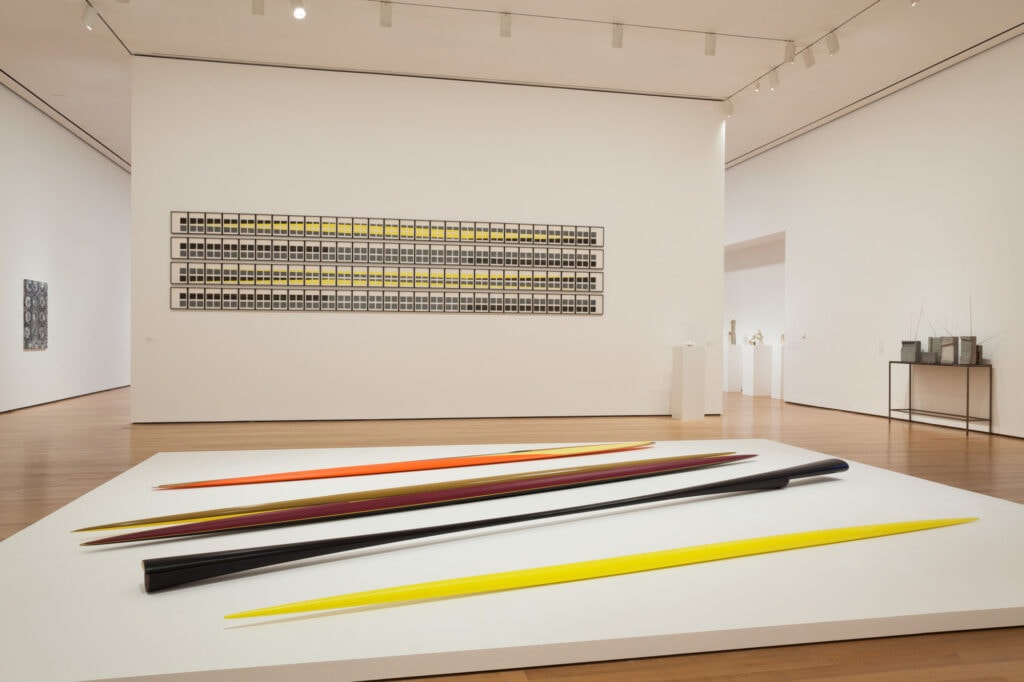
Designing the Machine Age
Opening July 7 Gallery 511
This exhibition will feature objects engineered for mass production, rarely shown photos of 20th-century American factories, and work by architects influenced by the factory buildings—making connections, never before explored at MoMA, that are critical to the story of the birth of modern architecture. Reflecting the industrial boom in the United States in the early 1900s—embodied most notably by Henry Ford’s development of the assembly line, and evidenced by the Midwest’s new and sprawling factory complexes—this exhibition will draw from the Museum’s expansive collection of the work of Le Corbusier, Ludwig Mies van der Rohe, and other major architects of the period. Designing the Machine Age is organized by Martino Stierli, The Philip Johnson Chief Curator of Architecture and Design, with Mallory Cohen, Curatorial Assistant, Department of Architecture and Design.
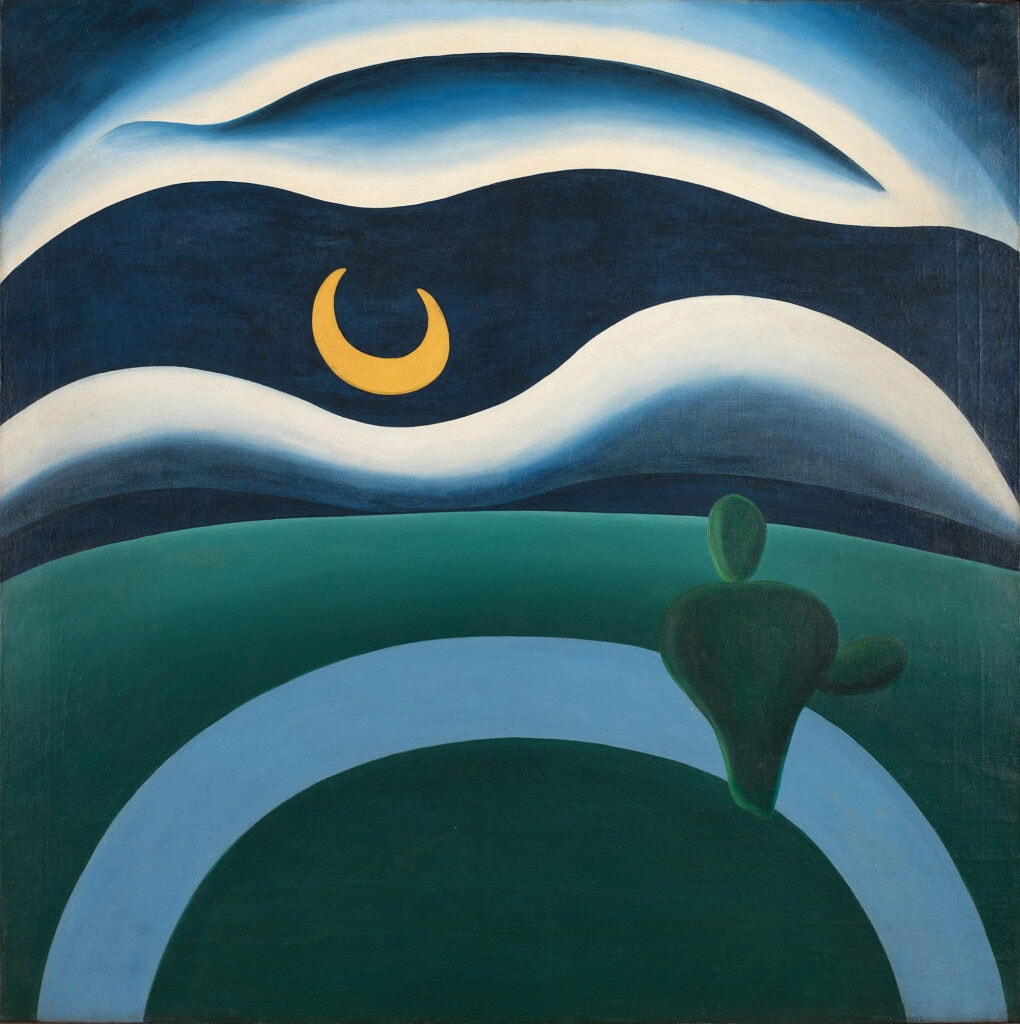
Visual Vernaculars
Opening August 4 Gallery 521
The introduction of the Kodak camera in 1888 facilitated a radical flourishing of photographic production. United under the capacious term of “vernacular photography,” such pictures resist traditional forms of categorization, populating the intimate and public exchanges of everyday life. Drawing from MoMA’s expansive holdings of vernacular photography, Visual Vernaculars will explore the place of personal pictures in the construction of a self-image, demonstrating how visual forms can enunciate one’s social identities and relationships, environments and communities. Visual Vernaculars is organized by Oluremi C. Onabanjo, Associate Curator, Department of Photography, and Robin Coste Lewis, Ford Foundation Scholar in Residence, Department of Photography, with Antoinette Roberts, Curatorial Assistant, Department of Photography.
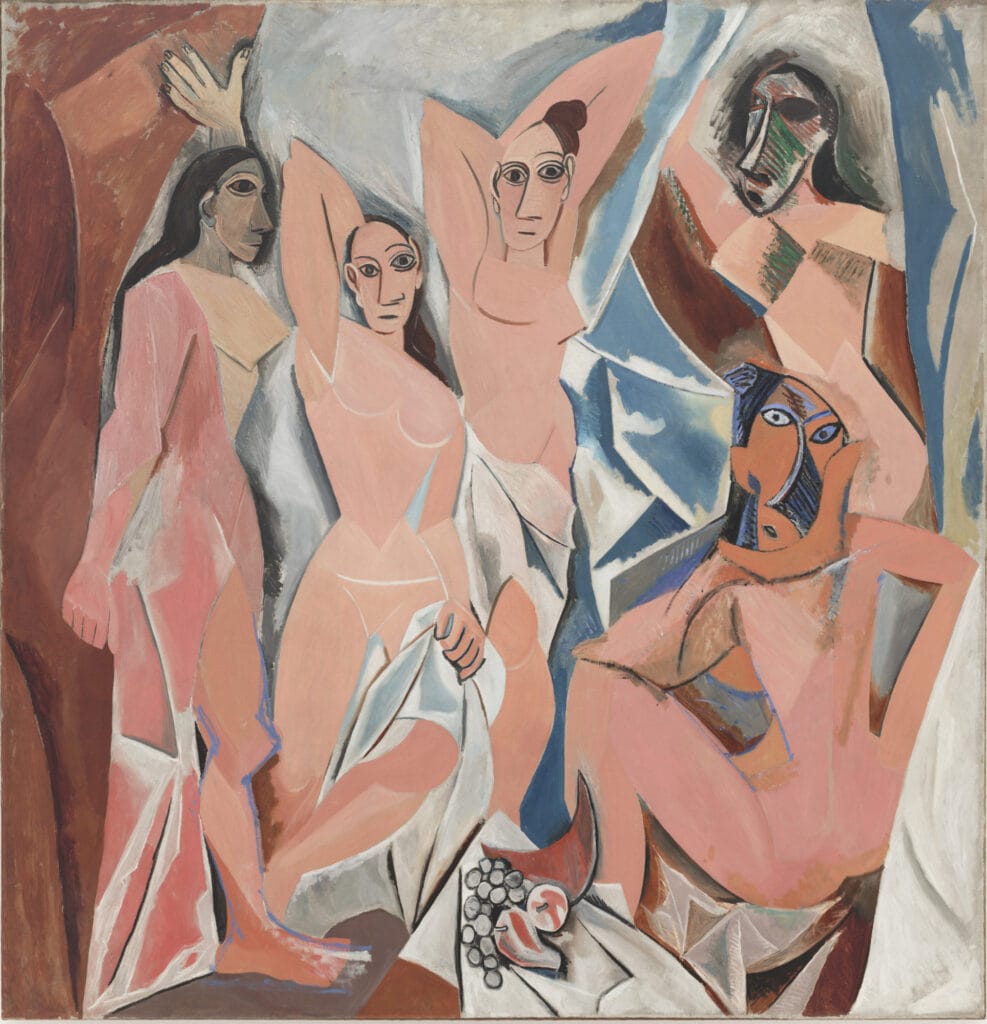
Ja’Tovia Garys THE GIVERNY SUITe
Opening September 1 Gallery 212
This exhibition will invite visitors to experience a multimedia work, newly acquired and on view for the first time, that uniquely cements a Black feminist perspective within the history of modern art and cinema. Including footage filmed on location in Harlem and in Claude Monet’s historic gardens at Giverny, THE GIVERNY SUITE (2019) is a cinematic poem that meditates on the safety and bodily autonomy of Black women. The three-channel, largescale installation uses an arsenal of cinematic techniques—including direct animation, archival material and “woman-on-the-street interviews”—to explore sexuality, power, and the creativity of Black femme performance figures. Ja’Tovia Gary’s THE GIVERNY SUITE is organized by Gee Wesley and Lilia Taboada, Curatorial Assistants, Department of Media and Performance.
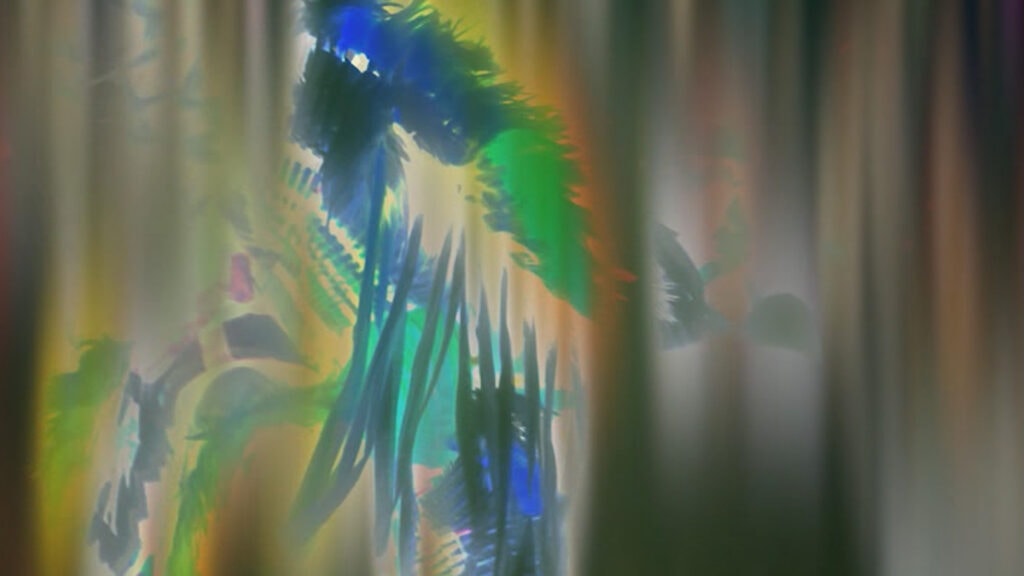
Plaster
Opening October 6 Gallery 516
Plaster, a hugely important material in the history of art, here becomes a lens through which to trace the unfolding of new sculptural forms across the first half of the 20th century. MoMA’s extensive collection of early modern sculpture will enable this exhibition, featuring many rarely seen works, to highlight plaster’s versatility, from an exploratory medium that allows for quick iteration to its potential for supple, gently undulating surfaces well suited to the biomorphic forms of the 1930s and beyond. Plaster is organized by Cara Manes, Associate Curator, with Lydia Mullin, Curatorial Assistant, Department of Painting and Sculpture.
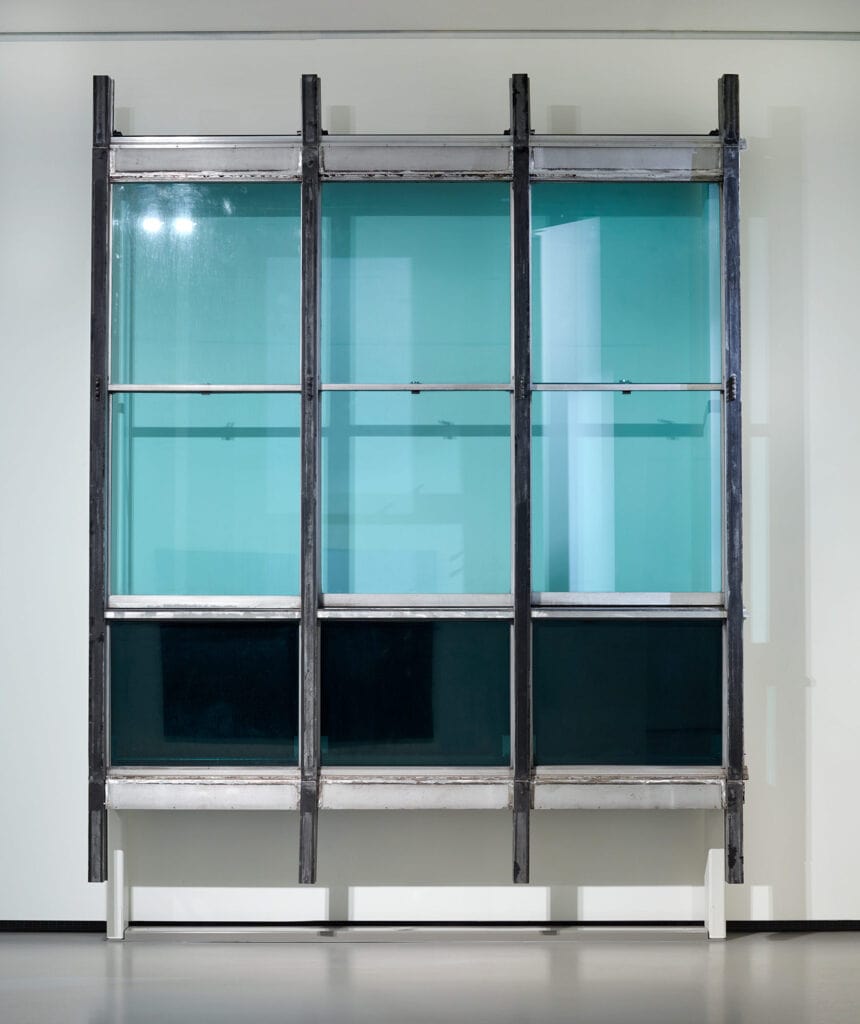
Ken Jacobs’ Orchard Street and Other Short Work
Opening November 3 Gallery 411
Over the past half-century, Ken Jacobs has reawakened the sense of awe and mystery that 19th-century audiences must have felt in confronting motion pictures for the first time. Essentially a self-taught filmmaker, the Brooklyn-born Jacobs studied painting before picking up a movie camera in the 1950s and ’60s to make a series of films focusing on New York City street life, antic performances by Jack Smith and others, and the history of cinema. Jacobs’s Orchard Street (1955) has been restored by MoMA and will be presented alongside more recent work to form a primer of his career. Experimenting in later short subjects with digital technologies of his own invention, Jacobs blurs the worlds of 2D and 3D space, and in doing so creates his own brand of cinematic Abstract Expressionism. Ken Jacobs’s Orchard Street and Other Short Work is organized by Josh Siegel, Curator, Department of Film, with Danielle Johnson, Curatorial Assistant, Department of Drawings and Prints.
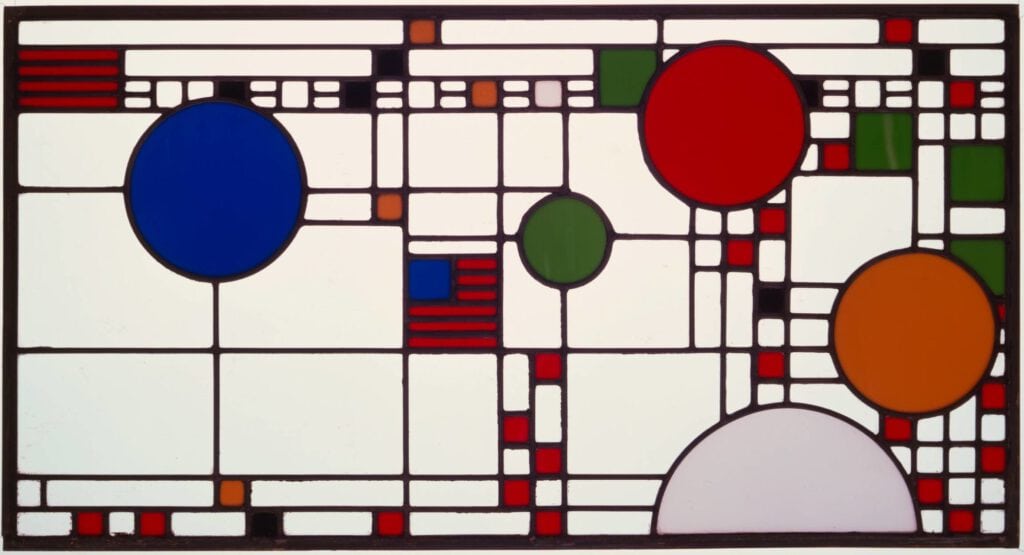
Mike Kelleys Deodorized Central Mass with Satellites
Opening December 1 Gallery 207
On view at MoMA for the first time, Mike Kelley’s immersive installation is comprised of hanging spheres made of stuffed animals surrounded by abstract sculptures that periodically release pine-scented mist into the air. Deodorized Central Mass with Satellites, the artist’s most ambitious sculpture, is the culmination of a years-long investigation into the empathic relationships we form with inanimate objects. Using plush toys as the material for sculpture, Kelley transforms what was once endearing into something repellent, an effect exaggerated by the ambient smell of cleaning products in the air. Mike Kelley’s Deodorized Central Mass with Satellites is organized by Paulina Pobocha, Associate Curator, Department of Painting and Sculpture, with Gee Wesley, Curatorial Assistant, Department of Media and Performance.
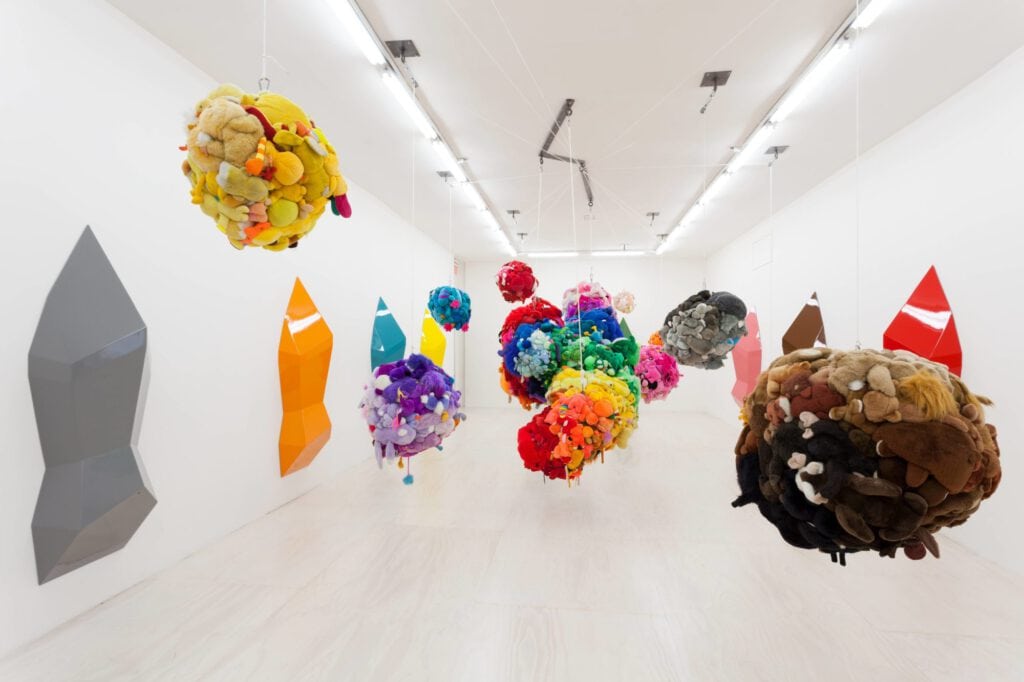
SPONSORSHIP:
Support for the collection is provided by the Annual Exhibition Fund. Leadership contributions to the Annual Exhibition Fund, in support of the Museum’s collection and collection exhibitions, are generously provided by the Sandra and Tony Tamer Exhibition Fund, Sue and Edgar Wachenheim III, Jerry I. Speyer and Katherine G. Farley, Eva and Glenn Dubin, the Kate W. Cassidy Foundation, Anne Dias, Kenneth C. Griffin, Alice and Tom Tisch, the Marella and Giovanni Agnelli Fund for Exhibitions, Mimi Haas, The David Rockefeller Council, The Contemporary Arts Council of The Museum of Modern Art, Kathy and Richard S. Fuld, Jr., The International Council of The Museum of Modern Art, Marie-Josée and Henry R. Kravis, and Jo Carole and Ronald S. Lauder. The Bloomberg Connects digital experience is made possible through the support of Bloomberg Philanthropies.

